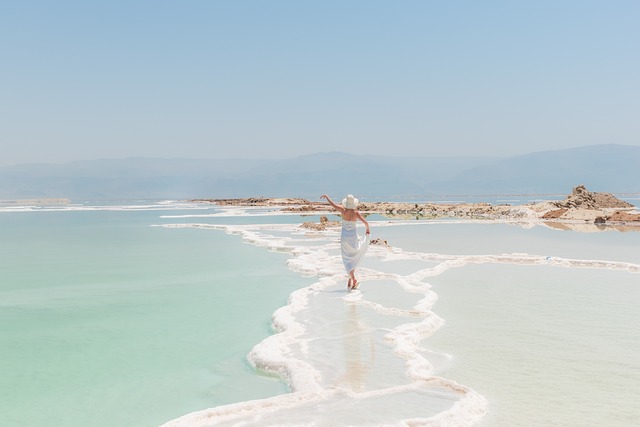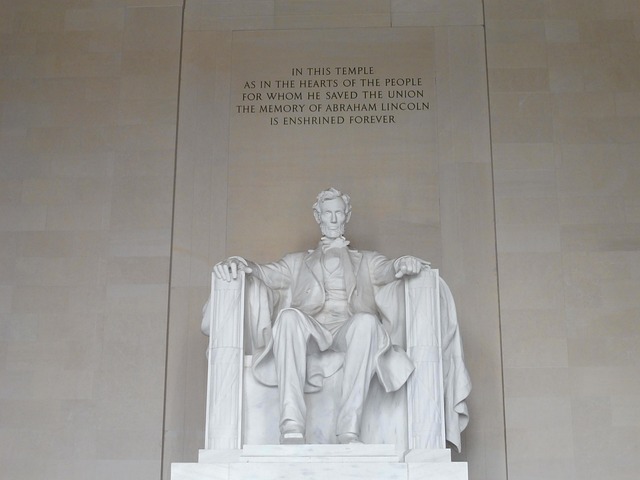The concept of divinity has always held a profound place in human culture, transcending geographical barriers and historical contexts. As we delve into the myriad religions that characterize human belief systems, a profound truth emerges: the gods we revere often reflect our deepest fears and aspirations, mirroring the complexities of the human condition. Every religion, from the grand pantheons of the ancient Greeks to the singular deity of monotheistic faiths, invites us to explore the sacred narratives that lie both among the heavens and below the surface of our consciousness.
When we speak of the gods, we tap into an archetypal force, creating a connection to something greater than ourselves. Yet, often, the dialogue with divinity leads us to ponder our very existence—what lies beneath? The space below, whether conceptual or literal, serves as a powerful metaphor for introspection. In many mythologies, the underworld is not merely a place of despair; rather, it becomes a stage where the human soul undergoes transformation and revelation. The ancient Egyptians believed in an afterlife that required one to journey below the earthly realm, confronting their past deeds in the Hall of Ma’at, symbolizing the moral weight we all bear.
The pantheon of gods across various religions offers a fascinating glimpse into how cultures have understood their worlds. In Hinduism, for example, the stories of gods like Shiva and Vishnu reflect the cycles of creation, preservation, and destruction, connecting individuals not only to the cosmos above but also to the mundane and mythical realms below. The contrast between the heavens and the earth urges followers to recognize their role in a larger tapestry of existence and encourages a quest for understanding the divine that lies beneath the chaos of life.
In the case of ancient Greek mythology, the underworld was ruled by Hades, a deity who was often misunderstood. While he presided over the dead, his realm was not solely a place of torment; it was a necessary passage, a vital element of the human experience. This duality reveals the intricate layering of our beliefs—what exists above us and what seethes beneath the surface intertwines like the roots of a mighty tree, grounding us in our shared humanity.
Furthermore, exploring the divine requires us to reckon with the paradoxes of existence. The gods remind us of our mortality, yet they also inspire hope and artistic expression. Many religious narratives address the shadows lurking beneath our lives, offering pathways to elevation through struggle and suffering. These stories, whether conveyed through parables, scriptures, or oral traditions, form a universal language that speaks to our need for understanding and connection.
As we navigate our own spiritual journeys, the idea of looking below can serve as a springboard for personal growth. What fears or unresolved conflicts reside within us? Perhaps it is in this below that we find the seeds of our spiritual awakening, inspiring us to rise above, armed with knowledge and resilience. The exploration of gods within religious frameworks is not merely an academic endeavor; instead, it prompts us to confront our inner worlds, urging us to seek balance between the divine above and the truths hidden below.
In every tradition, the interaction between the divine and the earthly resonates with our collective identity. The gods serve as a conduit, guiding us through the labyrinth of existence, encouraging us to explore the depths of our experience. Through this exploration, we unearth wisdom that shapes our lives and reflects our enduring quest for meaning—both below and beyond.




